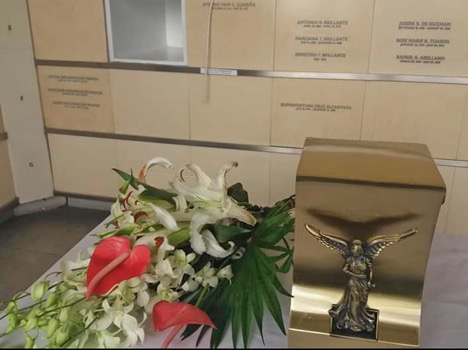By Joel Mangahis

An urn awaiting inurnment.
As Filipinos remember their departed loved ones on All Souls’ day, those left behind continue to ponder about death.
In a predominantly Catholic nation, majority still bury the remains of those who went ahead, just as Jesus Christ was buried in a tomb.
Although burial or interment is still preferred by the Catholic Church, cremation in preparation for inurnment has become a popular option.
A Vatican document, “Ad esurgendum cum Christo,” states that “The Church raises no doctrinal objections to this practice, since cremation of the deceased’s body does not affect his or her soul … from raising up the deceased body to new life.”
What the Church frowns upon are some practices such as the conservation of the ashes of the departed in a domestic residence; dividing the ashes among family members; scattering the ashes in the air, on land, at sea or in some other way; and preservation of the ashes in mementos, pieces of jewelry or other objects.
Cremation has also become the practical option because of lower costs involved. It also removes the cost of acquiring and maintaining a burial plot or memorial lot.
Columbaria, where urns containing the department ones’ ashes are placed, are very accessible, often located in church crypts or courtyards in major cities.
In the end, whatever last rites the family decides on, the most important thing is to honor the name and memory of the deceased as well as pray for their eternal repose.